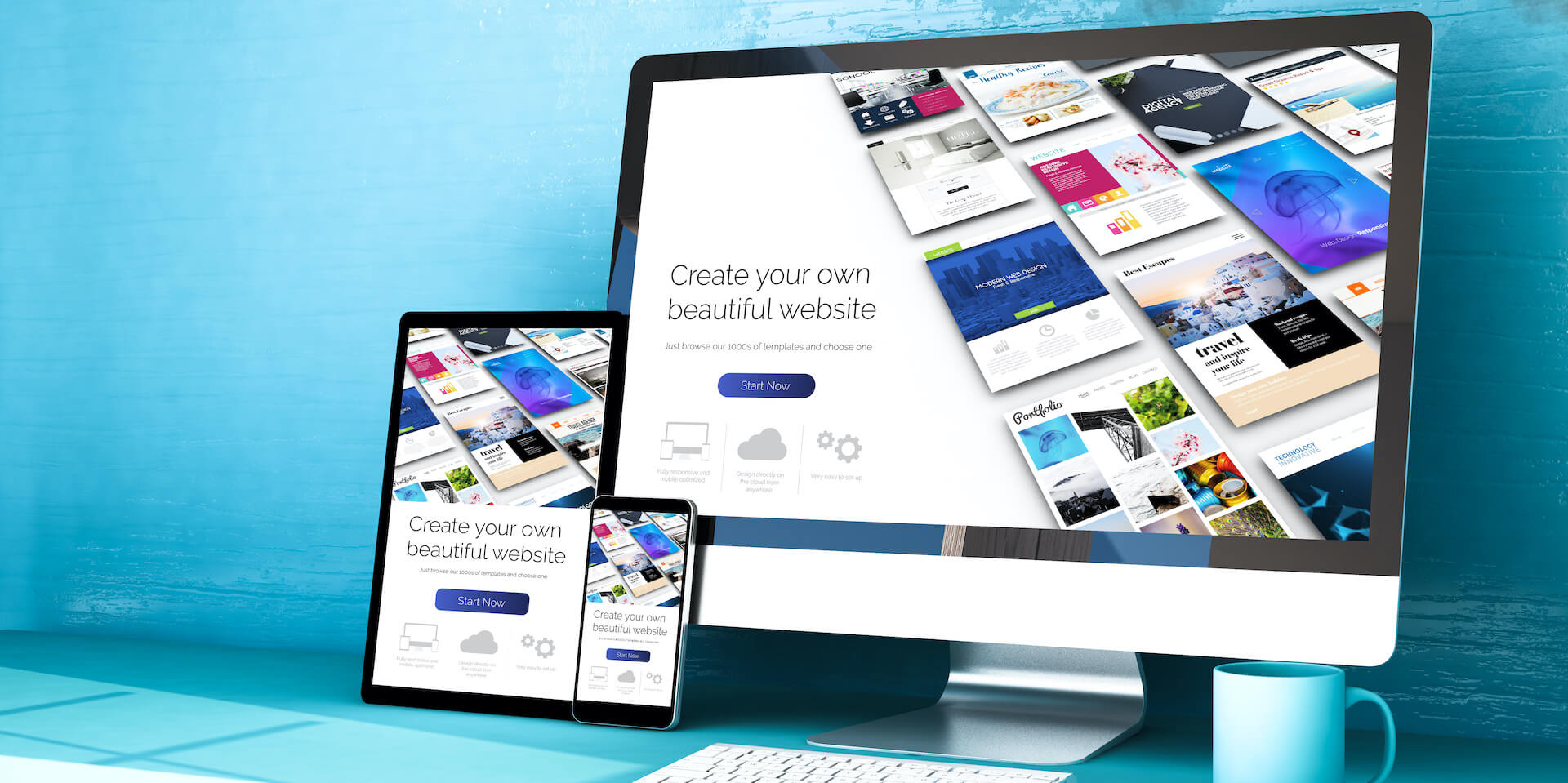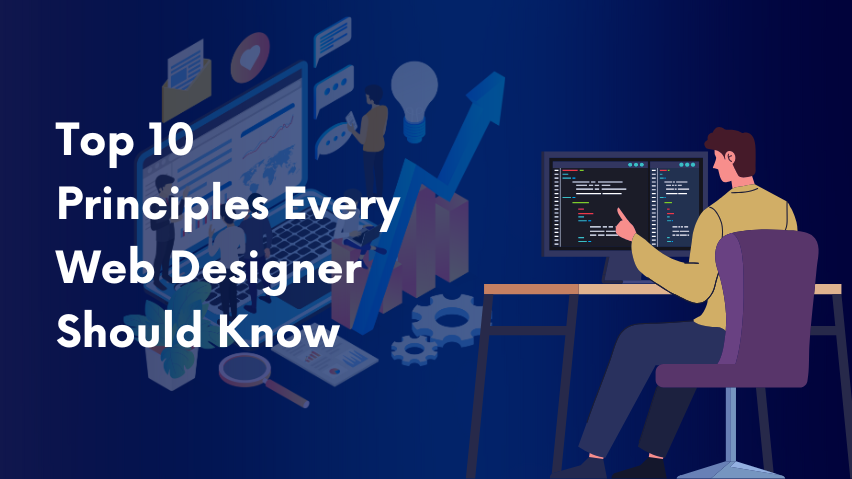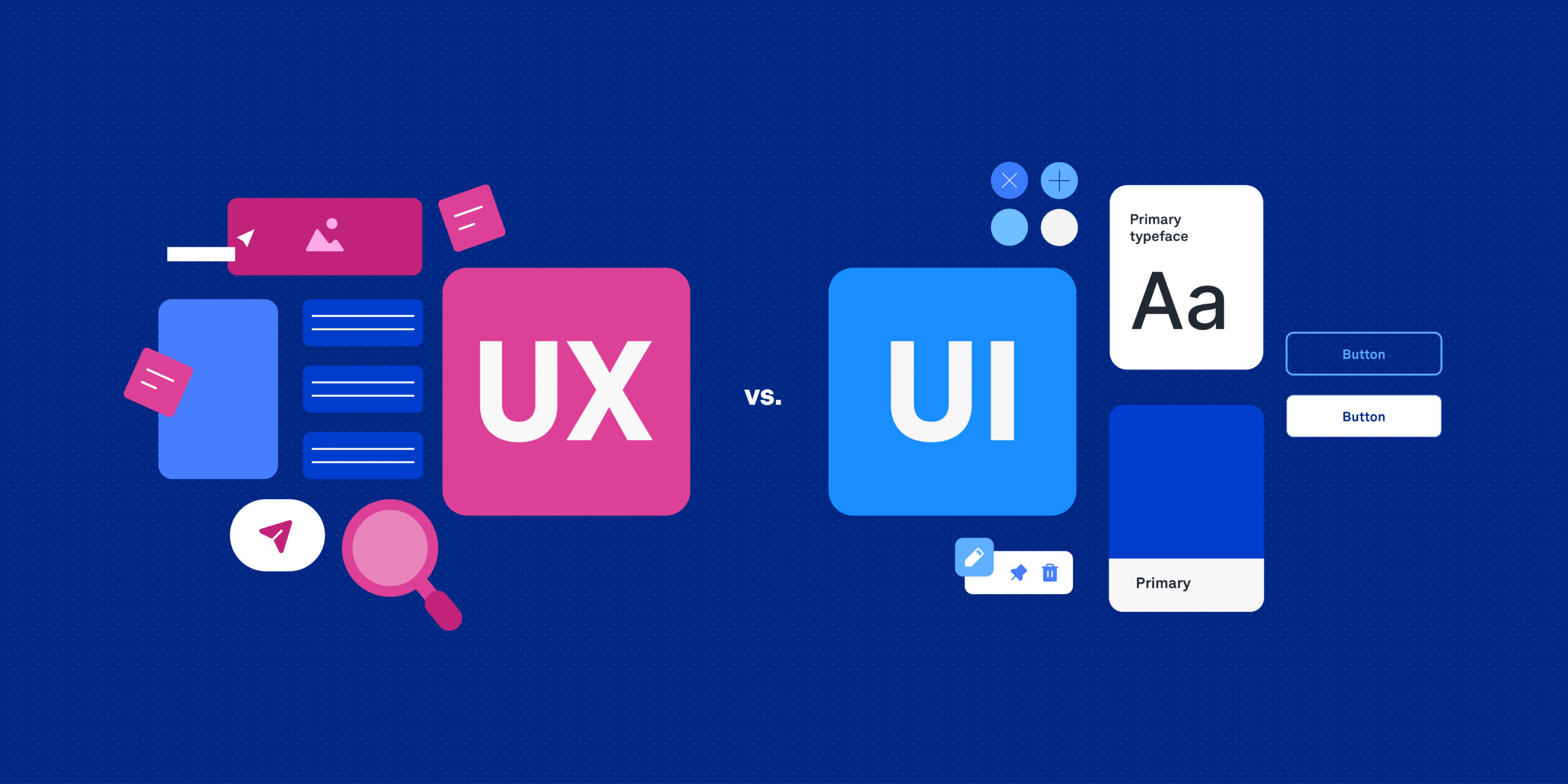Creating a successful business or nonprofit website demands true collaboration. Although modern tools and AI have simplified many aspects compared to 25 years ago, building an impactful site still requires focus, strategy, and vision. It also relies on continual teamwork between your organization and your web design partner.
Below are essential strategies shared by our experienced designers and developers to help you navigate the process effectively.
Prepare Before You Start
A unified, strategic design begins with preparation. Avoid jumping directly into visuals and copy without first clarifying your goals. Take time to define what you want the website to achieve, whether it’s generating leads, raising brand awareness, or boosting online sales. Identify which products or services deserve priority and which can be minimized.
Arriving at your kickoff meeting with clear objectives enables the design team to tailor the site to resonate with your audience and inspire action.
Understand Your Audience
While showcasing offerings matters, understanding your audience is even more critical. Share relevant information like demographics, customer behaviors, psychographics, and feedback. These insights guide designers in creating a site that speaks to the needs and preferences of your most valuable customers.
Distinguish Needs from Wants
Websites can include extensive content and advanced features, but more is not always better. Organize your ideas into “must-haves” and “nice-to-haves.” This prioritization helps the project stay focused and within scope while delivering a user experience that supports your goals.
Define and Share Your Brand
Your website should consistently reflect your unique brand identity. Provide your style guide, logos, color palettes, and notes on your brand’s personality. The more context the design team has, the more cohesively your visual identity can be integrated into the final product.
Collect Inspiring Examples
Identify websites you admire for their appearance, usability, or effectiveness. Share examples from inside and outside your industry during the planning phase. This helps the team understand your preferences and vision while they conduct additional research on competitors and trends.
Review the Contract Thoroughly
Before moving forward, read your project agreement carefully. A well-defined contract should outline objectives, scope, deliverables, milestones, budget, payment terms, content rights, and cancellation policies. Clarity on these points prevents confusion and delays later.
Keep Communication Clear
Timely reviews and feedback are essential. Assign a dedicated point person from your team who can coordinate with the agency’s project manager. This avoids miscommunication and keeps the project moving efficiently. Choose someone with enough availability to handle communication, even if they are not in senior leadership.
Invest Time in Content Creation
If you plan to write your website copy to reduce costs, allocate sufficient time to research, draft, and polish it. Strong, web-optimized content is often your audience’s first impression. Likewise, ensure that any photography you provide is well-lit, composed, and on-brand. Quality visuals and messaging can significantly influence how quickly visitors engage with your site.
Write for the Web and SEO
Effective web writing is clear, concise, and engaging. Use short paragraphs, bullet points, and strong headings to maintain interest. Incorporate SEO best practices and targeted keywords to improve your visibility in search results. Use available SEO resources to help your content perform effectively.
Final Thoughts on Long-Term Success
Launching your site is just the beginning. As your business and technology evolve, you’ll need updates and adjustments. Building an ongoing relationship with your web design team ensures future changes are smoother and more cost-effective.
Stay engaged, ask questions, and trust your design partner’s recommendations. With open communication and shared expertise, you can create a website that achieves your goals and makes a lasting impact.





